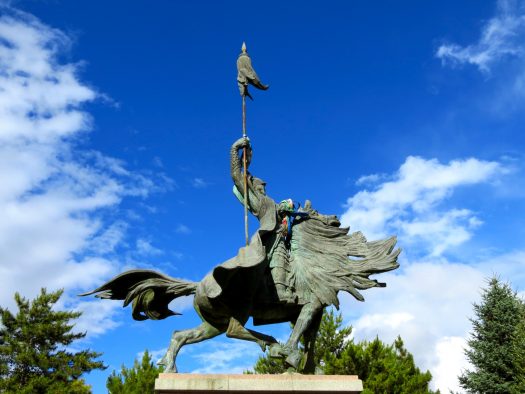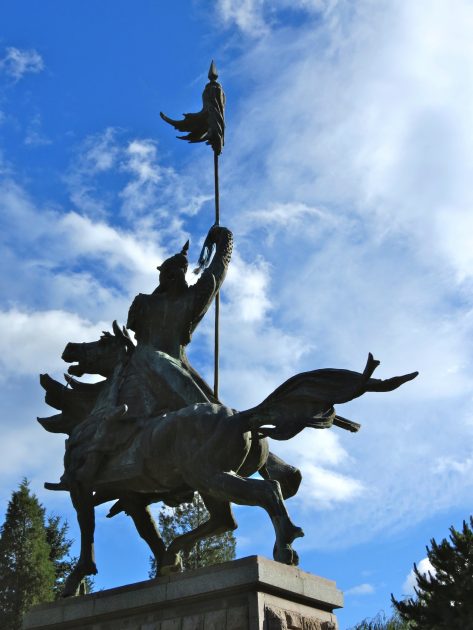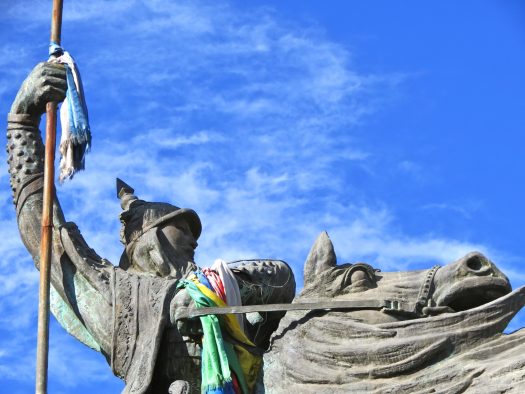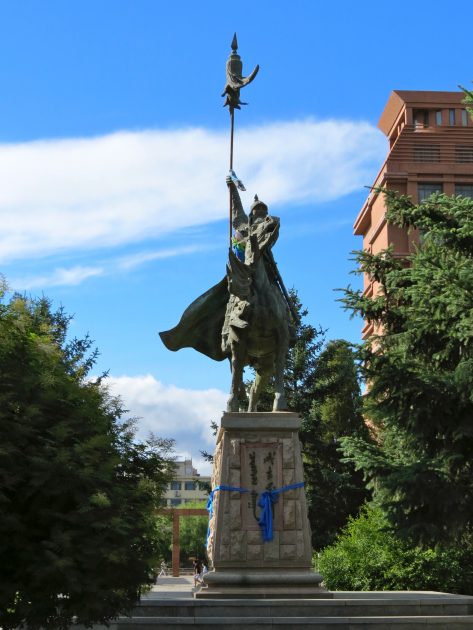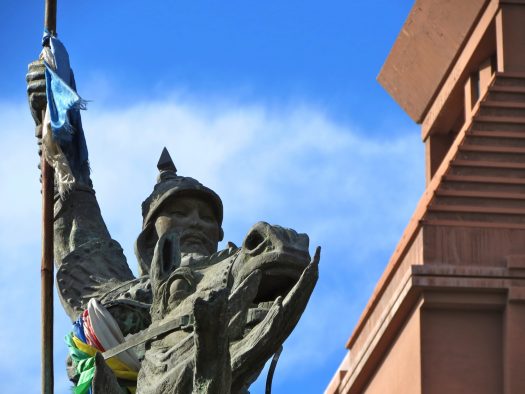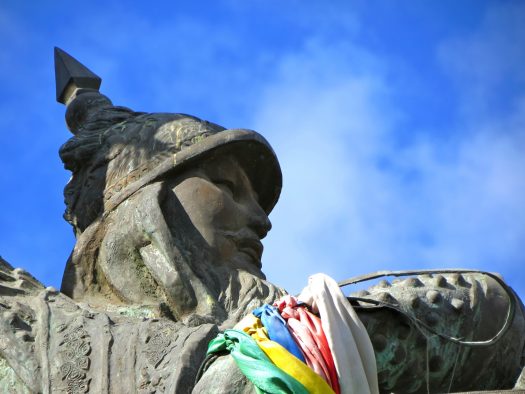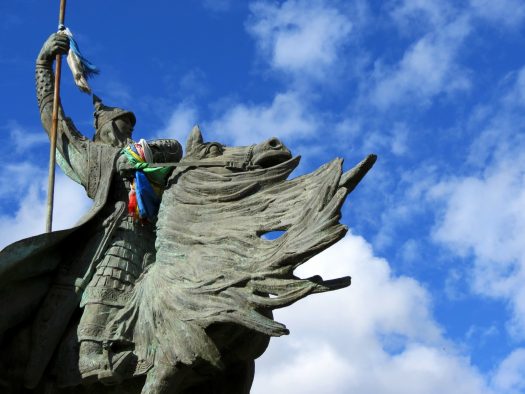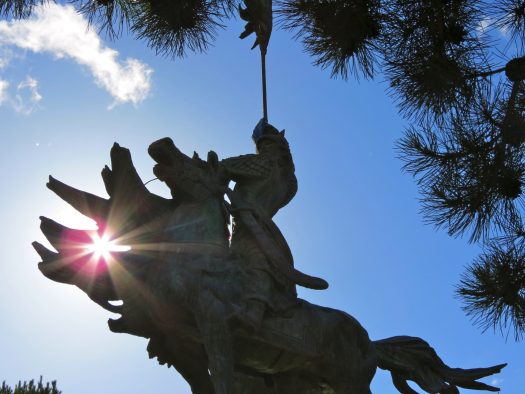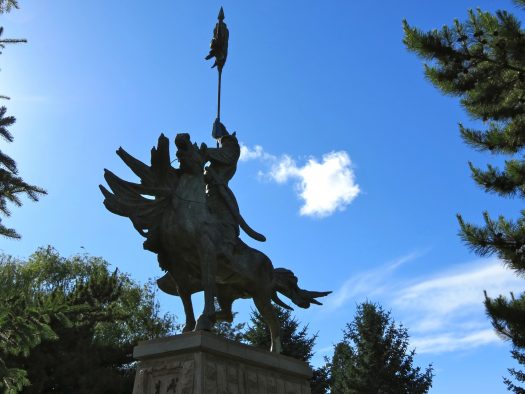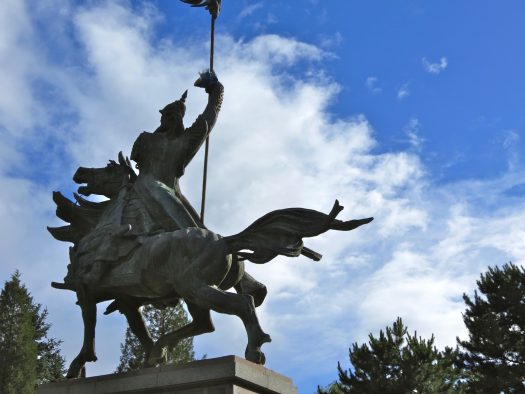- CountryChina
- Town:Hohhot
-
Year of creation:2004
- Rider(s):Genghis Khan
(c.1162–1227) came to power by uniting many of the nomadic tribes of northeast Asia. In 1206, this chieftain, born Temüjin, took the title Genghis Khan, and waged a series of military campaigns – renowned for their brutality and ferocity – sweeping through much of Asia and forming the Mongol Empire, the largest contiguous land empire in world history.
Genghis Khan and his immediate successors conquered nearly all of Asia and European Russia, and sent armies as far afield as central Europe and Southeast Asia. Genghis Khan died in 1227 and was buried in an unmarked grave at an unknown location somewhere in Mongolia. His descendants extended the Mongol Empire across most of Eurasia by conquering or creating vassal states. Many of these invasions repeated the earlier large-scale slaughter of local populations. The Mongol Empire and the states that emerged from it played a major role in the history of the thirteenth and fourteenth centuries.
It should be kept in mind that beyond his military accomplishments, Genghis Khan also advanced the Mongol Empire in other ways. He not only unified the nomadic tribes of Northeast Asia, but also decreed the adoption of the Uyghur script as the Mongol Empire’s writing system, practised meritocracy and encouraged religious tolerance in the Mongol Empire. Genghis Khan is also credited with bringing the Silk Road under one cohesive political environment. This increased communication and trade from Northeast Asia to Muslim Southwest Asia and Christian Europe, thus expanded the horizons of all three cultural areas.
Present-day Mongolians regard him as the founding father of Mongolia. - Sculptor(s):Ba Zongwen
Genghis Khan is seen as a local hero in Inner Mongolia, where they refer to Mongolia as ‘Outer Mongolia’. The exact site of the grave of Genghis Khan is not known, but is most probably somewhere in Inner Mongolia. Reason enough to erect a few equestrian statues of him.
